Laser optics demonstration instruments.
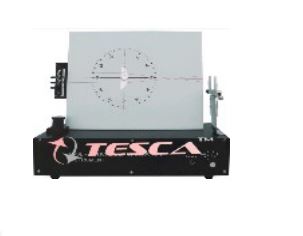
Order Code: 20213547.4.1
Category: General Lab Equipment II
Specifications: Laser Optical Demonstration Instrument is developed as a low-cost solution to lower class optical education at universities and colleges. It provides a complete set of optical and mechanical components as well as light source. A...
SPECIFICATION
Specifications:
Laser Optical Demonstration Instrument is developed as a low-cost solution to lower class optical education at universities and colleges. It provides a complete set of optical and mechanical components as well as light source.
A He-Ne laser beam is emitted from a built-in laser tube, diverted by a mirror and expanded by a cylindrical lens. A beam splitter assembly then creates three equally intense beams. These beams' positions and directions can be adjustable independently and beam tracks are presented on a white board. A rotational disk with angular scales is located at the center of the board. There is a hole in the disk center for mounting various optical components. By inserting proper optical components into the optical path, numerous geometric- and physical-optics experiments can be demonstrated (covering ray optics, imaging optics, optical interference, diffraction and polarization)
A list of 61 experimental examples can be conducted as follows:
1. Rectilinear propagation of light rays
2. Independent propagation of light rays
3. Law of light reflection
4. Beam expansion by a convex lens
5. Beam expansion by a cylindrical lens
6. Beam splitting by a beam splitter
7. Beam splitting (diffraction) by a grating
8. Light reflection at a boundary of two media
9. Real image formed by convergent rays
10. Virtual image formed by divergent rays
11. Beam deflection by plane mirror
12. Imaging properties of a double mirror
13. Diffuse reflection of light
14. Law of light refraction
15. Total internal reflection of light
16. Applications of total internal reflection
17. Principle of periscope
18. Minimum deviation angle of prism
19. Displacement of rays through a plane plate
20. Propagation of light through optical fiber
21. Convergence of light by concave mirror
22. Self-tracing of light by concave mirror
23. Imaging of concave mirror (object distance >2f')
24. Imaging of concave mirror (object distance f'~2f')
25. Imaging of concave mirror (object at focal plane)
26. Imaging of concave mirror (distance < f')
27. Divergence of light by convex mirror
28. Self-tracing of light by convex mirror
29. Imaging of convex mirror
30. Rays passing nodal point of convex lens
31. Demonstrating focal point in object space
32. Light focusing by a convex lens
33. Principle of camera
34. Principle of projector
35. Principle of collimator
36. Principle of magnifier
37. Imaging of convex lens
38. Imaging of convex lens
39. Imaging of convex lens
40. Imaging of convex lens
41. Imaging of convex lens
42. Imaging of convex lens
43. Divergence of light by concave lens
44. Imaging of prism
45. Principle of Galilean telescope
46. Imaging of Galilean telescope
47. Principle of nearsighted vision correction
48. Principle of farsighted vision correction
49. Interference of Newton's rings
50. Interference by air wedge
51. Young's double-slit interference
52. Polarization of light
53. Diffraction by single-slit
54. Diffraction by double-slit
55. Diffraction by triple-slit
56. Diffraction by quadruple-slit
57. Diffraction by grating
58. Diffraction by circular aperture
59. Diffraction by square aperture
60. Diffraction by rectangular aperture
61. Diffraction by triangular aperture

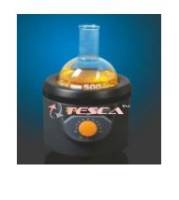
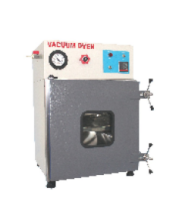
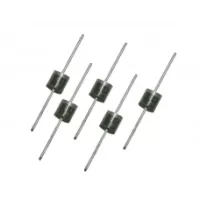
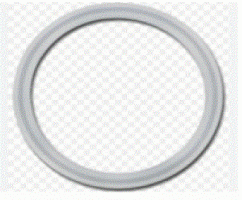
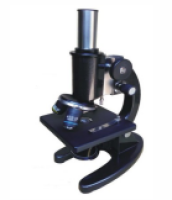
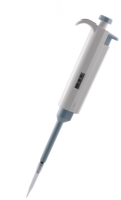
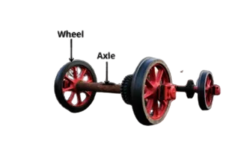
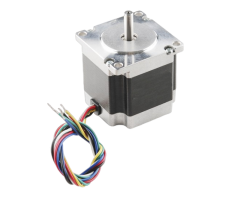
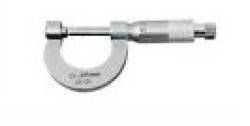

 91-9829132777
91-9829132777